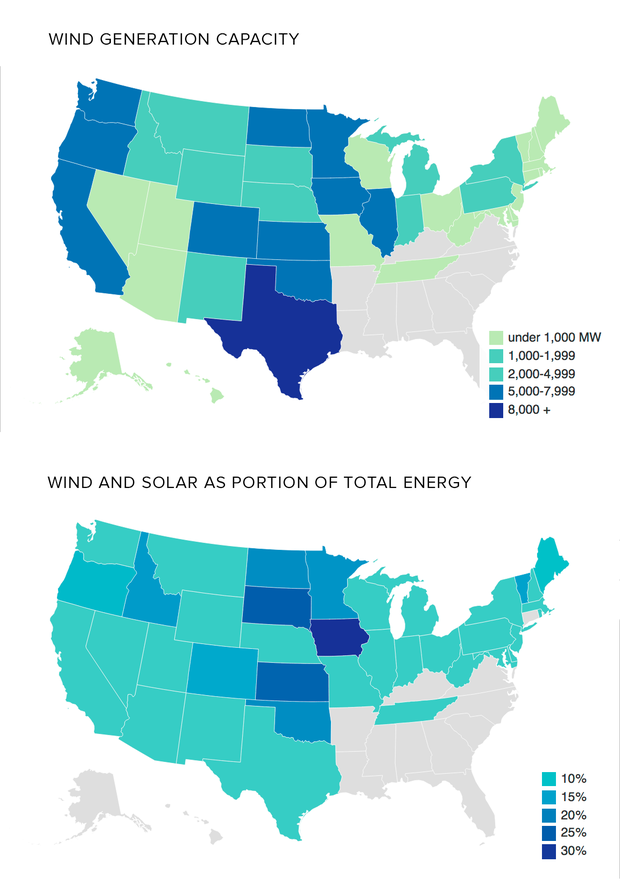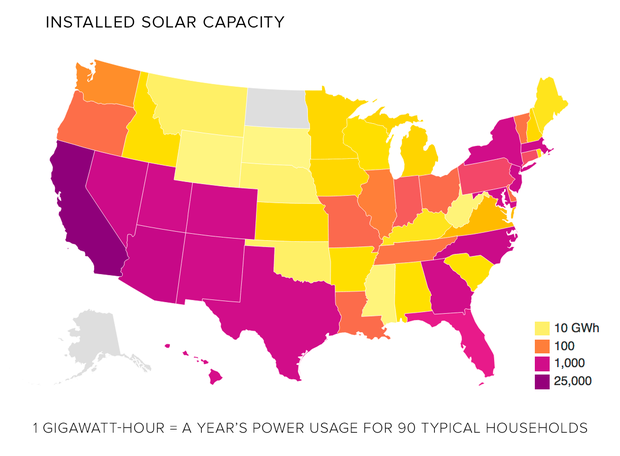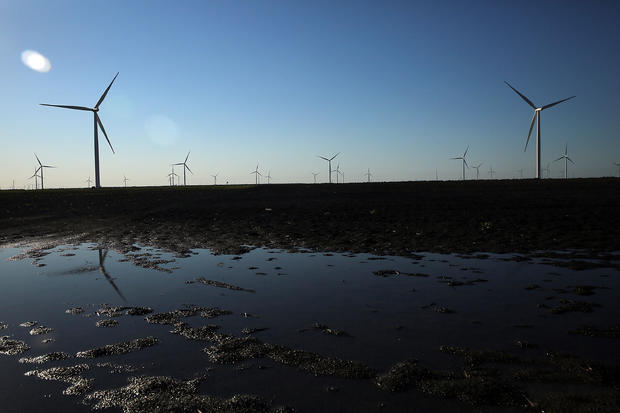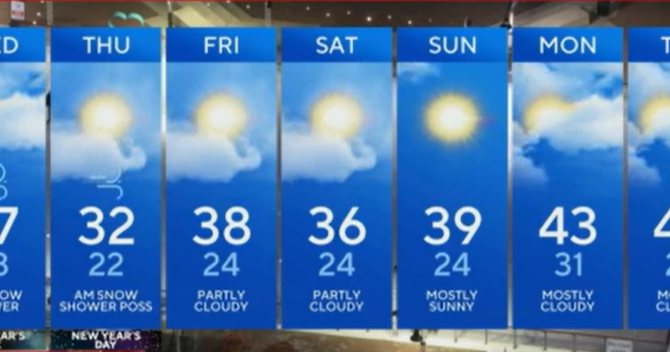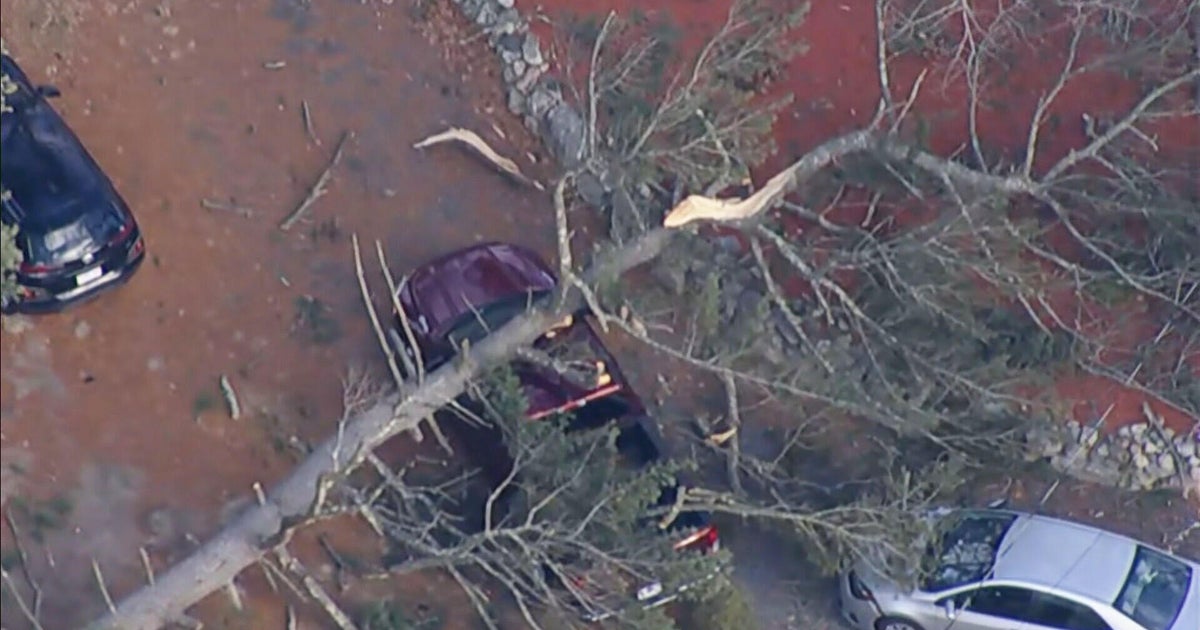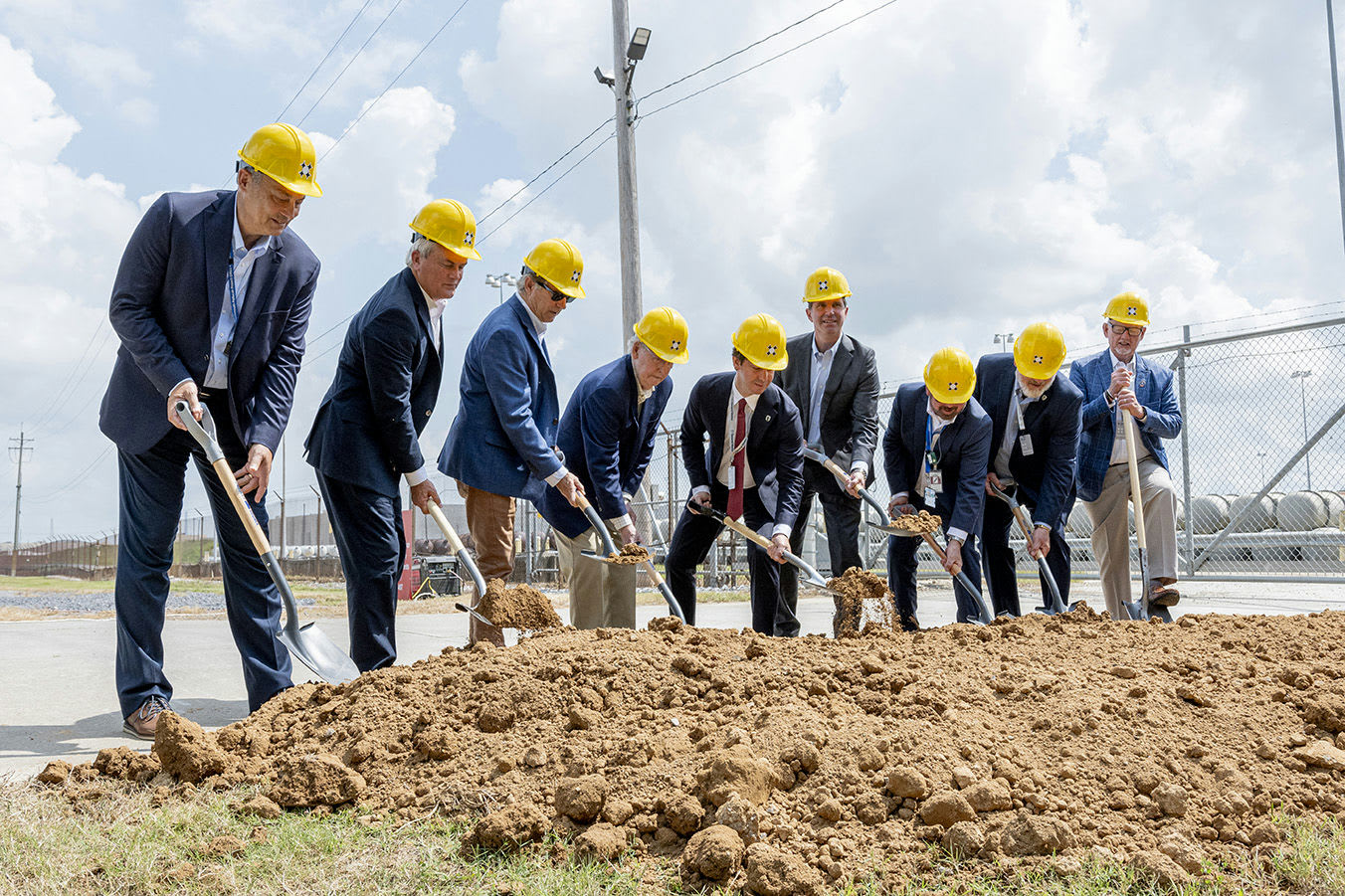The future of renewable energy is in Texas
Renewable energy isn't at a crossroads in the U.S. so much as on a two-lane highway: While the federal government hits the gas on fossil fuels, states are speeding ahead to develop renewable energy -- and reaching new milestones.
For example, enough solar energy is being collected every year to power all the single-family homes in Florida. Three states generate more than one-third of their energy from wind and solar. Some 160,000 electric cars were sold last year -- enough to supply the entire population of Fort Lauderdale, Florida. And earlier this year, wind and solar produced one-tenth of the nation's energy for an entire month.
A recent report highlights the states that are most quickly embracing renewable energy. And the leaders are not what many people might expect. Yes, California has some of the most pro-environment laws on the books. But the state that produces the most renewable energy in terms of sheer quantity? It's Texas. The states that generate the largest portion of their power from renewables: Iowa, Oklahoma, Kansas and the Dakotas.
"If you look at the leadership states, they're states that recognize both the environmental and economic benefits of renewables," said Rob Sargent, a co-author of the report and director of the energy program at Environment America, which champions the use of "clean" energy.
Texas is one such example. The state set renewable energy goals back in 1999, and again in 2005, which it has since far surpassed. It now produces more wind energy than most countries. The U.S. now generates more power from wind turbines than from hydroelectric dams. Earlier this year, the use of wind power reached a record high, with more than half of the power in a number of Great Plains states coming from wind.
"It's now taken off to the point where if you're just doing the math, you would conclude that wind makes sense because it's just a cheaper resource," Sargent said.
The city of Georgetown, Texas, with a population of 50,000, powers itself entirely with renewable energy. It made the switch in 2012 because of cost. Wind was less volatile than gas and oil prices.
Iowa, another leader in both wind and solar, had a different route. It's second only to Texas in the amount of renewable energy it produces, but the state itself "doesn't have that many remarkable energy policies," Sargent said. "But it's got an immense resource, particularly in one part of the state, and it's surrounded by states that have very strong policies, like Wisconsin and illinois."
Having states that prioritize renewables creates a willing market for energy, and Iowa sells to those states, he added.
Scale is the driving factor making energy cheaper. Unlike fossil fuels, which must be continuously extracted from the ground to provide energy, power generated from the sun and wind is essentially free, advocates say.
"With renewable technology, literally 90-plus percent of the cost associated with it is the initial capital investment, because you don't pay for the fuel," Sargent said.
As more and more capacity comes online, the cost per unit of energy drops. Those economics have been causing the price of solar and wind power to drop. Solar is set to become the cheapest power source on Earth in a handful of years, below coal, Bloomberg News recently reported.
And the use of solar power is growing across the U.S. The amount of solar power currently being collected is enough to fulfill all the energy needs of 5 million single-family homes. About 29 states have total populations under 5 million.
One criticism of renewable energy is that it can be inconsistent. Relying only on wind or solar in a given place puts people at the mercy of changing weather. But the growth of storage technology over the past decade ameliorates that issue. A number of states -- including Illinois, Ohio, West Virginia and Pennsylvania -- have increased their capacity to store energy. That means for the first time, batteries are "a viable and flexible option for expanding energy storage capacity," according to the report.
Besides being useful for renewable energy -- allowing power collected on a sunny day to be used later when it's raining, for example -- better batteries also makes things like electric cars more efficient, potentially allowing for more time between charges.
These technological improvements are happening at the same time as Americans are using less energy overall. Over the past decade, the amount of total energy use in the U.S. dropped 3.6 percent, despite a growing population and an expanding economy. Every American is using 10 percent less energy than they were in 2007, regardless of where it comes from.
It's not immediately obvious why Americans are using less energy. The cost of power, even of fossil fuel, is historically low, and we haven't exactly been denying ourselves. But our technologies are getting more efficient. Gadgets from light bulbs to cars are evolving to get more juice from the same amount of power.
While the impetus for this innovation sometimes comes from government -- such as fuel efficiency standards for cars, which the White House would like to roll back -- the benefit of wasting less energy translates into cost savings for the consumer, a proposition with nearly universal popularity.
This is also playing out in the construction industry, with the growing use of energy-efficient buildings. Heating and cooling can consume half the money spent on a home every year; the prospect of saving funds makes efficiency attractive to many homeowners.
Industry watchers predict the trend will continue with industrial real estate, as well. "We do NOT see the strong market trend toward 'green' buildings in the U.S. going into reverse, despite the deregulatory tone at the top in Washington," research firm LaSalle Investment Management wrote in March.
Given the market logic in favor of both trimming energy waste and moving to renewable power, industry observers generally don't believe the federal government's policy reversals can completely derail the shift to clean energy. Environmental advocates, however, worry that the waffling not only slows down progress, but also keeps a growing part of the economy from reaching its full potential.
"From an environmental point of view, we want to be going faster, not slower," Sargent said. "We don't want to waste time by having our foot on both the accelerator and the brake."
